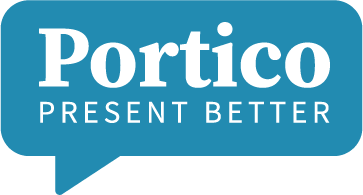Its that time of year again.
Media are full of articles and tips on how to set and succeed at resolutions. My curiosity isn’t so much how to do this, but why do we do this? Is it to allay the guilt of overindulging on Christmas cookies and champagne by promising better behavior? Or are bigger forces at work?
One clue might be found in the work of behavioral psychologist Susan Weinschenk, Ph.D., author of How to Get People to Do Stuff. It turns out the desire for mastery trumps all other reward incentives (yes, even money!). She uses George Morgan’s definition, “Mastery motivation is a psychological force that stimulates an individual to attempt independently, in a focused and consistent manner, to solve a problem or master a skill or task which is at least moderately challenging for him or her.” Professor Weinschenk explains that humans are naturally curious and this curiosity helps us master our environment.
To summarize, we possess an innate drive to learn and to master a skill or a subject. This is why in 2014, we’re committing to learning Mandarin/becoming better at budgeting our time and money/taking up tennis/finally making that Baked Alaska. If we can remember our audience’s intrinsic desire for mastery when we create presentations, we can devote our energy to selecting content that will make them smarter.
Here’s where we, as presenters, often fail. In order for someone to actually learn something, we need to respect the limitations of how much we can absorb in one setting. As Professor Mayer, multimedia-learning guru, explains, “students tend to learn more when less is presented.” We can only help our audience achieve mastery of new information if we are exceedingly particular about how much we try to convey. Focus your content to no more than 3 points. Reinforce those points to increase retention. If we are making our audience smarter, they will be more likely to pay attention, remember, and think favorably on their experience.
Let’s resolve to convey less, and more effectively!


